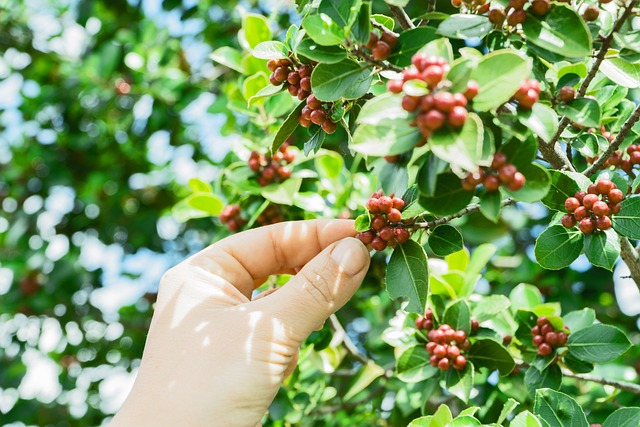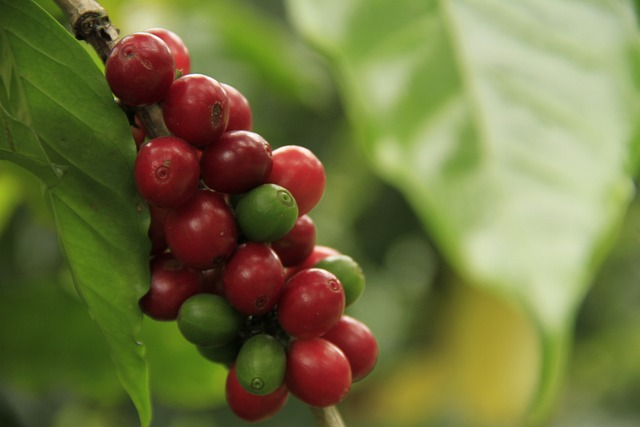A Guide to Growing Your Own Coffee Plant at Home
The joy and sense of accomplishment stemming from planting and brewing your coffee beans are truly indescribable. With the availability of multiple online resources, you can now grow your coffee, take care of it, and even enjoy its products. With the following guide, you can be guaranteed to succeed in your home project and enjoy home-planted coffee in no time.

Exploring the Coffee Plant
Comprising Arabica and Robusta varieties, coffee, like any other plant, demands particular conditions for their cultivation. This is affected by region, time, and the type of plant you decide to put in the soil. The best way to ensure your project doesn’t fail is to gather some background information about each coffee plant and your locality. These are crucial in getting the maximum production during harvesting. You can also choose a plant depending on how you like your coffee. If you prefer less caffeine, you should purchase the Arabica bean plant, which has less than 2% caffeine compared to the 2.7% in Robusta beans.
Provide the Ideal Growing Conditions
When purchasing seeds or seedlings to plant, consult the seller about the ideal conditions to grow the coffee of your type. Try to replicate the conditions in which coffee plants naturally grow. Most coffee will thrive in temperatures around 60°F to 85°F.
Arabica: Thrives in higher elevations with cooler temperatures. It is more vulnerable to pests and diseases and needs good drainage soil.
Robusta: Grows in lower elevations and can tolerate higher temperatures. It is more resistant to pests and diseases, and they are the easiest to cultivate.
Like all other plants, the sun is also necessary. Ensure your plant gets enough sunlight. You can also choose filtered light to avoid unnecessary leaf scorching and ensure your coffee plant is in a healthy, favorable environment.
Choose the Right Soil and Pot
The choice of soil and pot for your coffee plant is a key factor in creating a favorable environment regarding its health and productivity. Choose a well-draining soil with an acidic pH of about 6.0 to 6.5 that approximates the native environment where coffee plants proliferate naturally for optimal results. The pot size you need should be big enough to allow proper root growth and one that can control water logging.
Watering and Humidity Control
Avoid overwatering your plant. You can control this by checking the first inch of topsoil when it appears dry upon touching. This ensures that there are no cases of overwatering or underwatering, and as a result, they enjoy optimal root health. Some humidity maintenance can also supplement watering. You can use a tray and regular mist spray to maintain those between 60 and 75%. This reflects the native climatic factors of coffee-producing regions.
Fertilize Regularly
Feed your coffee plant with organic compost and fertilizers for healthy plant growth. Ensure that the proper dose of water-soluble fertilizer facilitates fast and effective plant growth. Ensuring such measures can help the plant grow even during its natural dormancy periods.
Pruning and Harvesting

Frequent pruning encourages a bushy shape and removes all dead wood or diseased branches, leading to the overall vigor of plants. Coffee trees start fruiting three to four years after planting for better and much more harvests. Thus, patience is key during these periods. For bean processing, de-husk the beans and let them ferment for 24 hours before washing them dry. After this, the preserved beans can be toasted until your preference level is reached, and you can brew them on your own time.
To enjoy your coffee plant’s harvest, you must be patient as the growth occurs. Ensure you seek information on how to grow a plant and its conditions. Following the above guide, you can be assured of a successful project that will reward you well.


Related Categories
Business
Clothing & Apparel
Digital Marketing
Education
Electronics
Entertainment
Events
Fashion
Finance & Insurance
Flowers & Gifts
Food & Beverage
Games & Toys
Health & Beauty
Home and Garden
Jewelry and Watches
Occasions
Pet
Services
Shopping
Sports And Outdoors
Technology
Travel
Uncategorized
Women's Clothing

